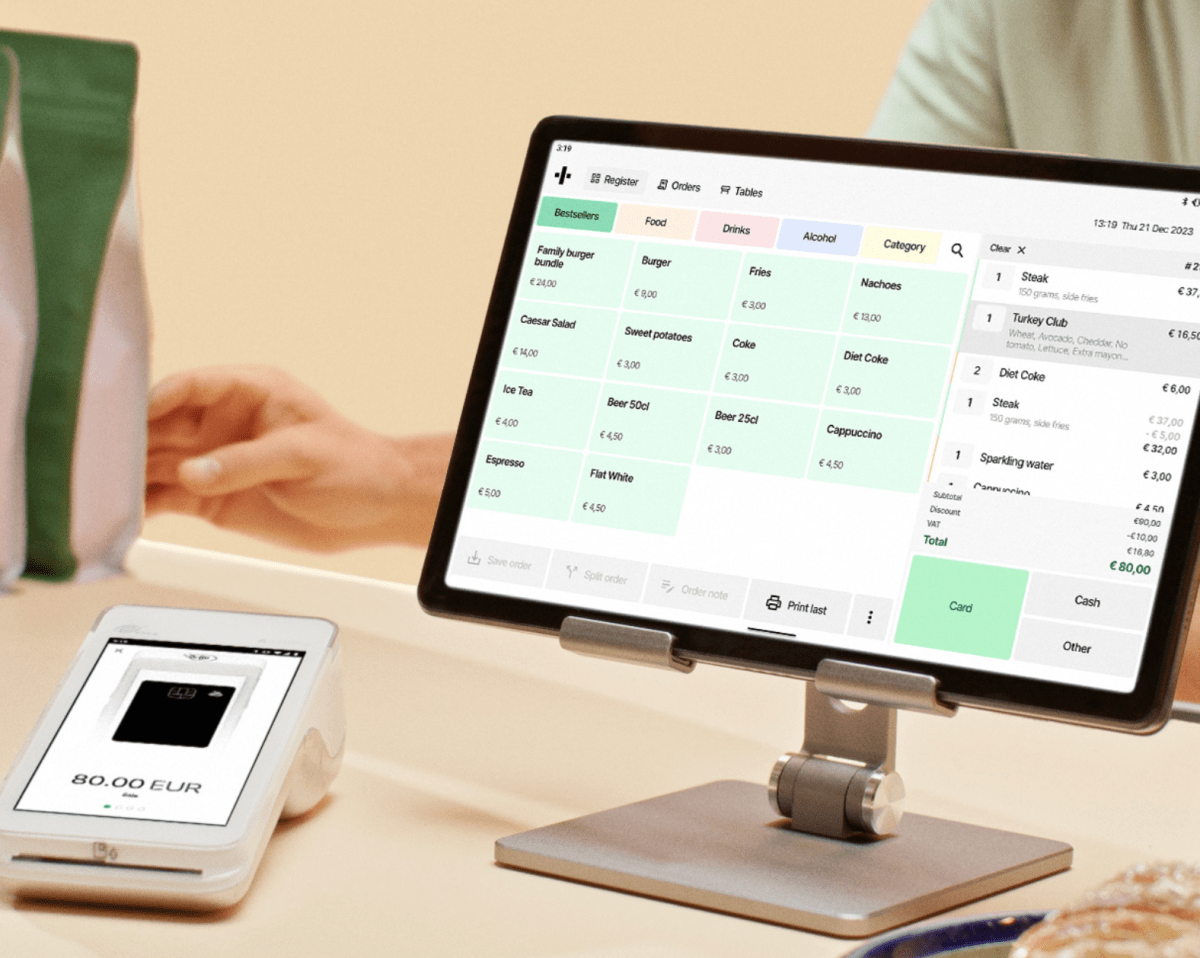Archer to set up air taxi network in LA by 2026 ahead of World Cup | TechCrunch
Los Angeles is notorious for its back-to-back traffic. Three events that promise to bring in millions of spectators from around the world — the 2026 World Cup, the Super Bowl in 2027, and the 2028 Olympics — have LA officials searching for a range of new mobility solutions to address its congestion problems. But they’re already behind; most of the city’s planned transportation infrastructure initiatives for the Olympics won’t be completed until after 2028.
It’s in this gap that Archer Aviation sees an opportunity.
The startup, which is developing electric vertical takeoff and landing vehicles (eVTOLs), hopes to leverage the public sector’s slow pace with a private sector solution: an air taxi network in LA that will replace a two- to three-hour car journey with a 10- to 20-minute air taxi ride, starting in 2026.
Ahead of Archer’s second-quarter earnings call Thursday, the company announced the locations for its network of vertiports, or takeoff and landing locations, including Los Angeles International Airport, the University of Southern California, Santa Monica, Hollywood Burbank, Van Nuys and Long Beach in Los Angeles County as well as Orange County.
Archer is also building a new vertiport at SoFi Stadium – which will host the World Cup, Super Bowl and some of the Olympics games – in partnership with Kroenke Sports & Entertainment and the LA Rams football team. While that vertiport won’t be operational by 2026, Archer hopes to complete it in time for the Olympics.
The LA announcement comes a few weeks after Archer signed a memorandum of understanding with Kilroy Realty Corporation, identifying Kilroy Oyster Point, a 50-acre waterfront campus in South San Francisco, as a critical hub in the company’s planned SF Bay Area urban air mobility network.
Nikhil Goel, Archer’s chief commercial officer, told TechCrunch that most of the vertiports the company announced Thursday for Los Angeles have already been built.
“LA has got, I think, the most unused aviation infrastructure in the entire country, so it’s got airports all over the city. It’s got a number of helipads on top of rooftops that just aren’t used today,” Goel, noting that all Archer has to do is set up charging infrastructure and passenger facilities.

Archer’s team chose the locations based on data on how people move around Los Angeles today. Archer recently partnered with Southwest Airlines, a deal that includes giving Archer access to the airline’s customer data that it’s using to identify good locations for vertiports.
The planned LA launch in 2026 will be gradual, according to Goel. He said the first year would probably look “like a handful of aircraft” operating one or two routes that offer the most value while Archer learns how to implement its tech effectively, build good customer service and integrate with communities in which it operates.
Archer wants to launch commercially in limited pilots starting as early as 2025 in six cities: San Francisco, Miami, Los Angeles, New York City, Abu Dhabi and Dubai. In the meantime, the company is racing to build out enough of its Midnight aircraft to launch a service and get the necessary certifications from the Federal Aviation Administration (FAA).
The Midnight eVTOL is a piloted, four-passenger electric aircraft that travels up to 150 miles per hour and is designed for back-to-back flights of 20 to 50 miles. The company has said that charging in between rides takes under 10 minutes.
Archer is working with automaker Stellantis to build out its Georgia production facility, where it’s on track to build 650 aircraft a year, starting in the fourth quarter of 2024. The startup is also building six pre-production aircraft out of its small production factory in California.
Archer also needs to get Type Certification and Production Certification from the FAA before it can go to market. The former verifies that the eVTOL’s design meets all regulatory safety standards, and the latter ensures that Archer’s production processes can reliably produce aircraft that conform to the approved design and are safe to operate.
“All of this is becoming very, very real. The aircraft is flying nearly everyday,” said Goel. “Not only did we do our first transition flight, but we’ve done 233 flights to date, and so that puts us well on track to exceed 400 flights for the year. Everything is starting to come together. This is no longer Blade Runner. This is about making it real, launching as soon as 2026, and then scaling up from there.”




